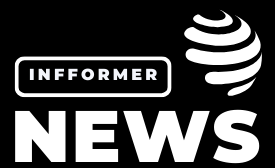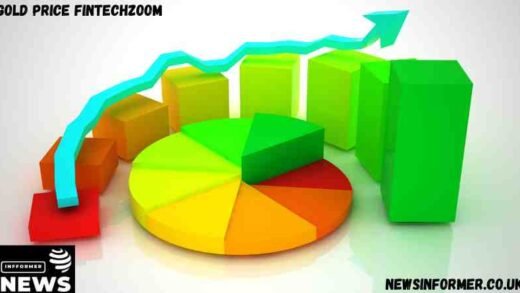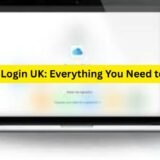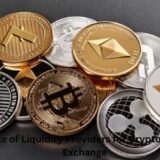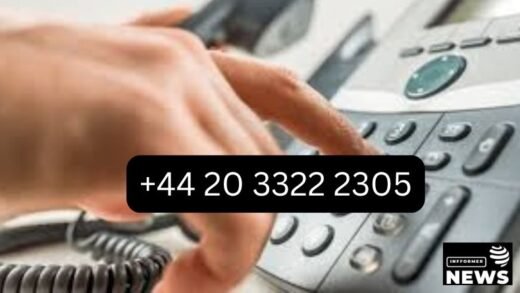Understanding the WUVISAAFT Charge on Your Bank Statement: What It Means and How to Address It
If you’ve recently reviewed your bank statement and noticed a charge labeled “WUVISAAFT,” you might be puzzled, concerned, or even a bit alarmed. This seemingly cryptic entry can raise questions about its origin and whether it’s a legitimate charge or an indicator of something more troubling, such as fraudulent activity. In this article, we will delve into what the WUVISAAFT charge means, why it appears on your bank statement, and how to address any concerns you may have regarding this charge. Understanding the nature of these charges is essential in managing your finances and ensuring your bank account remains secure.
What Is the WUVISAAFT Charge?
The WUVISAAFT charge is a type of transaction that appears on bank statements for individuals who have used specific services provided by Western Union. WUVISAAFT stands for “Western Union Visa Authorized Financial Transaction.” This charge typically occurs when a person uses their Visa card to send money or make a payment through Western Union’s services, including online money transfers or payments at a Western Union location. Essentially, it’s a fee associated with the use of a Visa card to facilitate a financial transaction through Western Union’s platform.
Western Union is a global leader in money transfer services, enabling people to send and receive money across different countries and currencies. When you use a Visa card to fund a transaction with Western Union, the WUVISAAFT charge reflects the fee for that service. The charge is usually applied as a small percentage of the total amount being transferred or as a fixed fee, depending on the terms of the transaction and the countries involved.
Why Does the WUVISAAFT Charge Appear on Your Bank Statement?
The appearance of the WUVISAAFT charge on your bank statement can be attributed to various reasons, all of which are linked to the use of Western Union’s services. Here are some common scenarios where this charge might appear:
- Online Money Transfer: If you have used Western Union’s online platform to send money to someone, the WUVISAAFT charge could be part of the transaction fee. This fee is typically deducted from your bank account along with the amount you transferred.
- Bill Payments: Western Union offers bill payment services where you can use your Visa card to pay bills, such as utility bills, credit card bills, or other types of recurring payments. The WUVISAAFT charge may appear as a fee for processing these payments through your Visa card.
- In-Person Transactions: If you visited a Western Union location and used your Visa card to send money or make a payment, the WUVISAAFT charge could be associated with that transaction.
- Recurring Transfers: Some people set up recurring transfers through Western Union, such as sending money to family members on a regular basis. If you have a recurring transaction set up, the WUVISAAFT charge could appear on your statement each time the transfer is made.
- Currency Conversion Fees: If your transaction involves converting one currency to another, additional fees may apply, and these could be reflected as part of the WUVISAAFT charge on your bank statement.
Is the WUVISAAFT Charge Legitimate?
In most cases, the WUVISAAFT charge is a legitimate fee associated with the use of Western Union’s services. However, it’s essential to verify the charge, especially if you’re unsure about the transaction or if you don’t recall making any recent payments or transfers through Western Union. If the charge is unfamiliar or unexpected, it’s crucial to take the following steps:
- Review Your Recent Transactions: Check your recent transactions to see if you made any payments or transfers through Western Union. Look for confirmation emails, receipts, or any records of transactions that could correspond with the WUVISAAFT charge.
- Contact Western Union: If you’re unsure about the charge, contact Western Union’s customer service for assistance. Provide them with the details of the charge, including the date, amount, and any reference numbers that appear on your bank statement. They can help you verify the transaction and provide additional information.
- Check for Fraudulent Activity: If you cannot identify the transaction and suspect that it may be fraudulent, contact your bank immediately. Report the charge as potentially unauthorized, and your bank will investigate the matter. They may also recommend freezing your account or issuing a new card to prevent further unauthorized transactions.
- Dispute the Charge: If the WUVISAAFT charge is confirmed as unauthorized or incorrect, you can dispute the charge with your bank. Most banks have a process for disputing charges, and they can reverse the transaction if it’s found to be fraudulent.

How to Avoid Unwanted WUVISAAFT Charges
While the WUVISAAFT charge is generally legitimate, it’s always a good idea to take precautions to avoid any unwanted or unexpected fees. Here are some tips to help you manage your transactions and avoid surprises on your bank statement:
- Monitor Your Accounts Regularly: Regularly review your bank statements and online banking accounts for any unfamiliar charges. The sooner you catch a suspicious charge, the quicker you can address it.
- Use Secure Payment Methods: When using Western Union or any other financial service, make sure to use secure payment methods. Avoid sharing your card details with unauthorized or unverified sources.
- Set Up Transaction Alerts: Many banks offer transaction alerts that notify you of any charges made to your account. Setting up these alerts can help you keep track of your spending and quickly identify any unusual activity.
- Understand the Fees: Before using Western Union’s services, make sure you understand the fees involved. Western Union provides a fee estimator on their website, allowing you to calculate the cost of your transaction before proceeding.
- Be Cautious with Recurring Payments: If you set up recurring payments or transfers through Western Union, keep track of these arrangements. Ensure that you’re aware of when and how often these transactions occur to avoid unexpected charges.
- Secure Your Visa Card Information: Protect your Visa card details by keeping them private and secure. Avoid using your card on unsecured websites or sharing your card information over email or phone unless you’re certain of the recipient’s legitimacy.
What to Do If You Encounter Issues with the WUVISAAFT Charge
If you encounter any issues related to the WUVISAAFT charge, such as unauthorized transactions or discrepancies in the amount charged, it’s important to address them promptly. Here’s what you can do:
- Contact Your Bank: Your bank is your first point of contact when dealing with issues on your statement. Report any unauthorized or suspicious charges immediately so that your bank can take action to protect your account.
- File a Dispute: If your bank advises you to dispute the charge, follow their procedures for filing a dispute. Provide all necessary documentation, such as transaction records, receipts, and correspondence with Western Union.
- Keep Records: Maintain a record of all your transactions, including receipts, confirmation emails, and any communication with Western Union or your bank. These records can be crucial if you need to prove your case in a dispute.
- Consider Fraud Protection Services: Some banks offer fraud protection services that monitor your accounts for suspicious activity and alert you to potential threats. Consider enrolling in these services for added security.
Conclusion
The WUVISAAFT charge on your bank statement is typically a legitimate fee associated with the use of Western Union’s services through your Visa card. While it may appear confusing at first, understanding the context of this charge can help you manage your finances more effectively and avoid potential issues. Always be vigilant when reviewing your bank statements, and don’t hesitate to contact your bank or Western Union if you have any concerns about the WUVISAAFT charge. By staying informed and proactive, you can ensure that your financial transactions remain secure and transparent.
Read also: check
